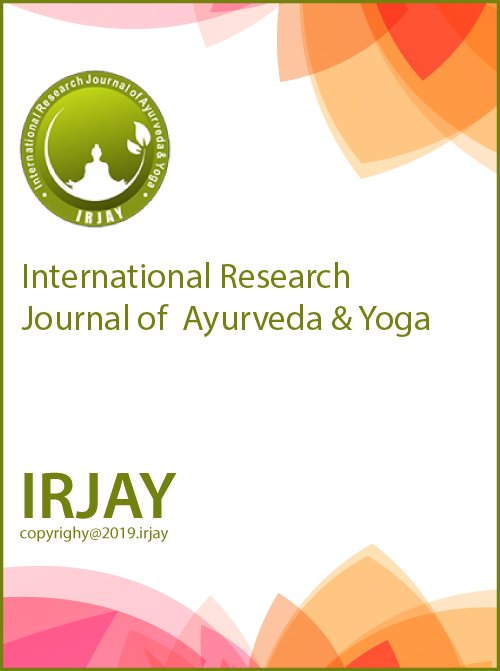A CASE STUDY ON KSHAYA ARTAVA
DOI:
https://doi.org/10.48165/Keywords:
Vata kapha syamaka, artava, , H-P-O-U axisAbstract
Ayurveda is the science of life. In Ayurveda, through different treatment modalities of Ayurveda, one can maintain the healthy status of body and prevent the disease occurrence and cures the diseases in natural way. In the modern world, the life style, food habit and just for unnecessary desires have increased stress, strain and restlessness which have resultantly increased menstrual disorders. Artavadusti is very important among gynaecological problems. Ratio of menstrual disorder is rising in gynaecological practice which is precursor of infertility and other problems, so it requires more attention. Menstrual disorder affect on mental state of women. Many Menstrual disorder i.e oligomenorrhoea, hypomenorrhoea require counselling with appropriate treatment. There is an altered physiology in the H-P-O-U axis.1 Hence Venuparvadi Kwatha is selected for the case study which is Agneya,Pitta Vardhaka and Vata Kapha Shamaka.
Downloads
References
Susrutha, Susrutha Samhita, Nibandhasangraha commentary of Sri Dalhanacarya edited by Vaidya Yadavji Trikamji Acharya, Published by Chaukhamba krishanadas academy, Varanasi, Edition- 2008, Sutra sthana, chapter- 15, pg- 70, pp -824
Siddha bhaishajya manimala stri Roga chikitsaadhyaya 7 pg no 341
Kashyapa Samhita. 7th ed. Varanasi: Chowkhamba Sanskrit Pratisthana; 1994. Vidyotini Hindi Commentary; p. 184
Mishra BS, editor. Varanasi: Chaukhamba Sanskrit Sansthana; 1969. Bahvaprakash Samhita Purva Adhyaya 3/206 with Vidyatini Hindi comm; p. 63

